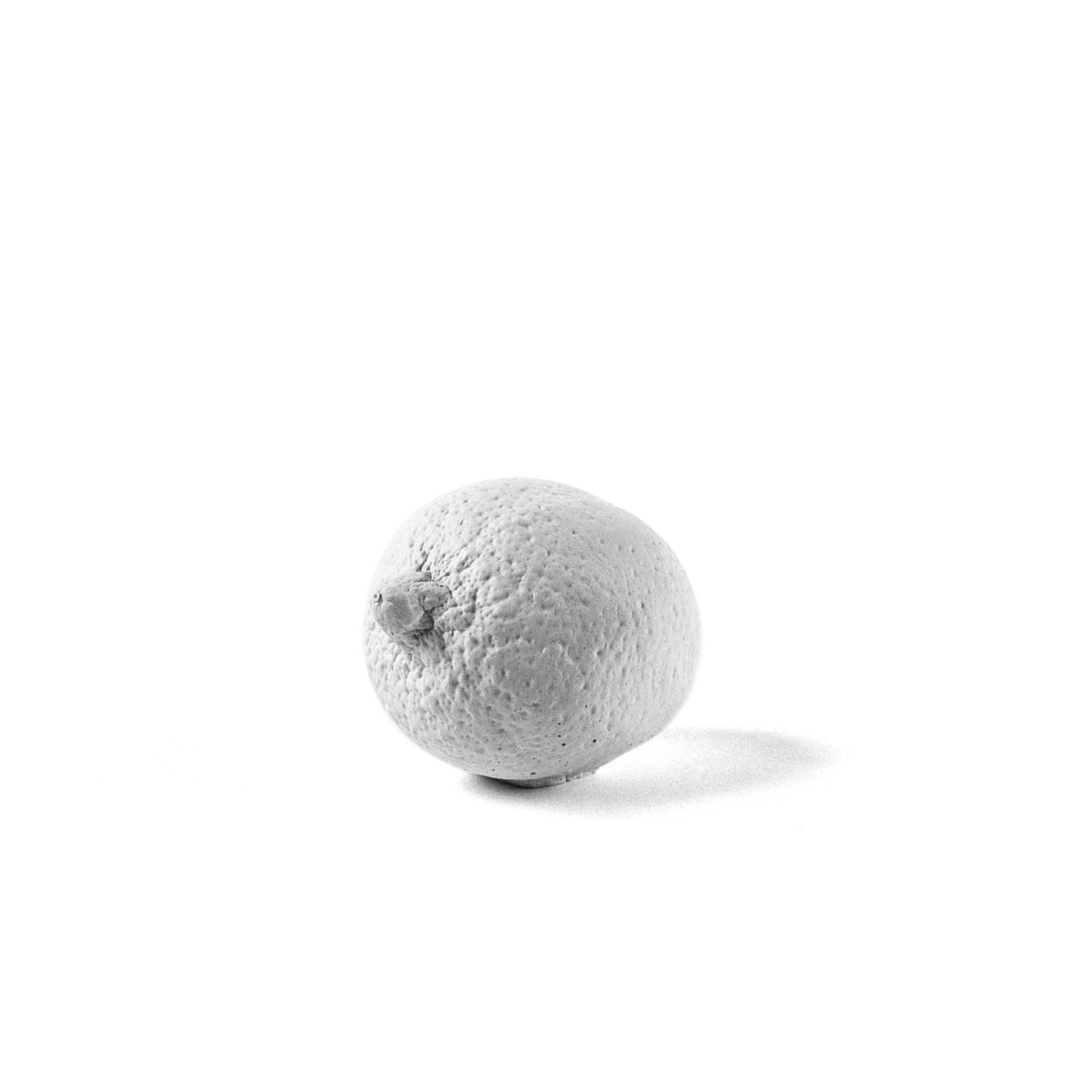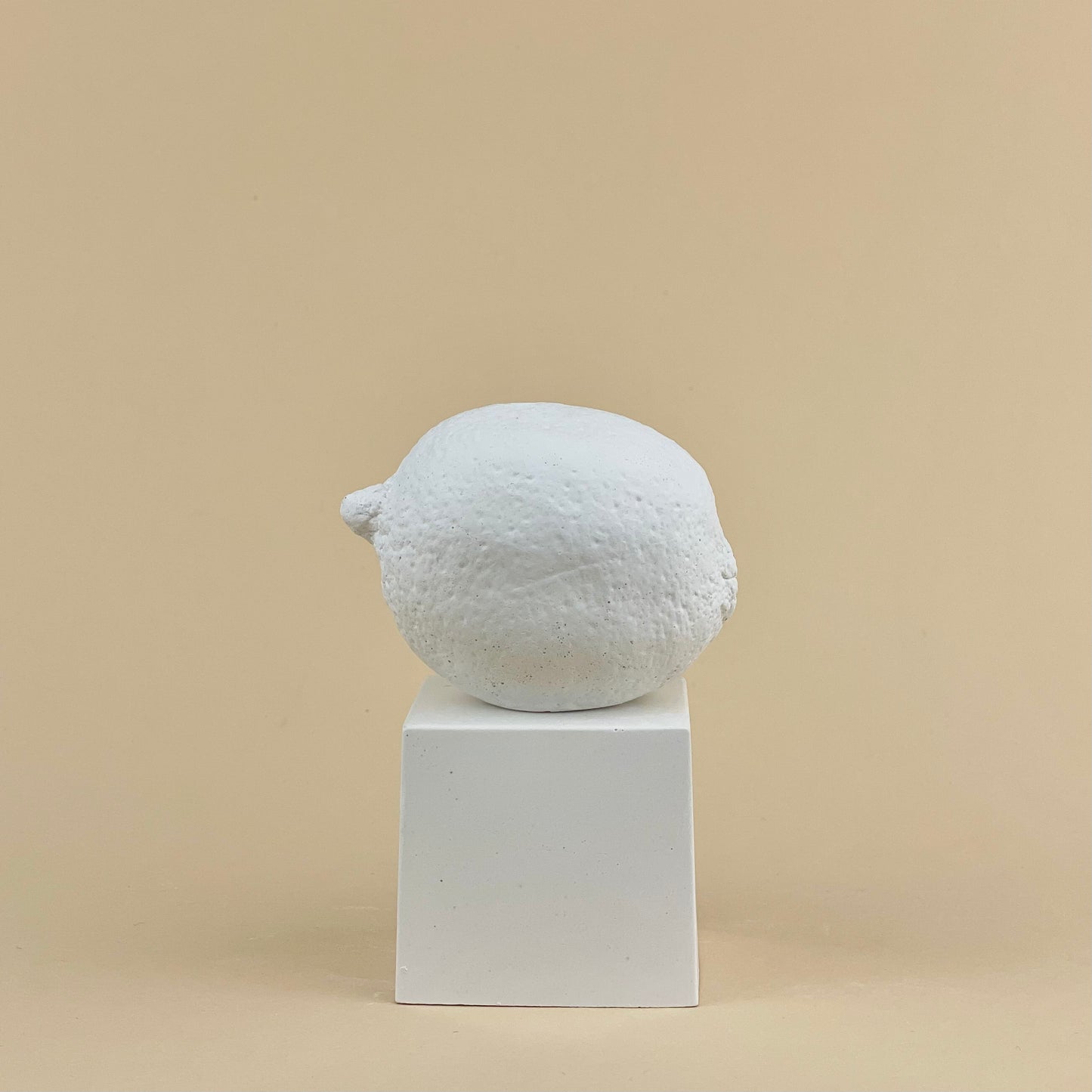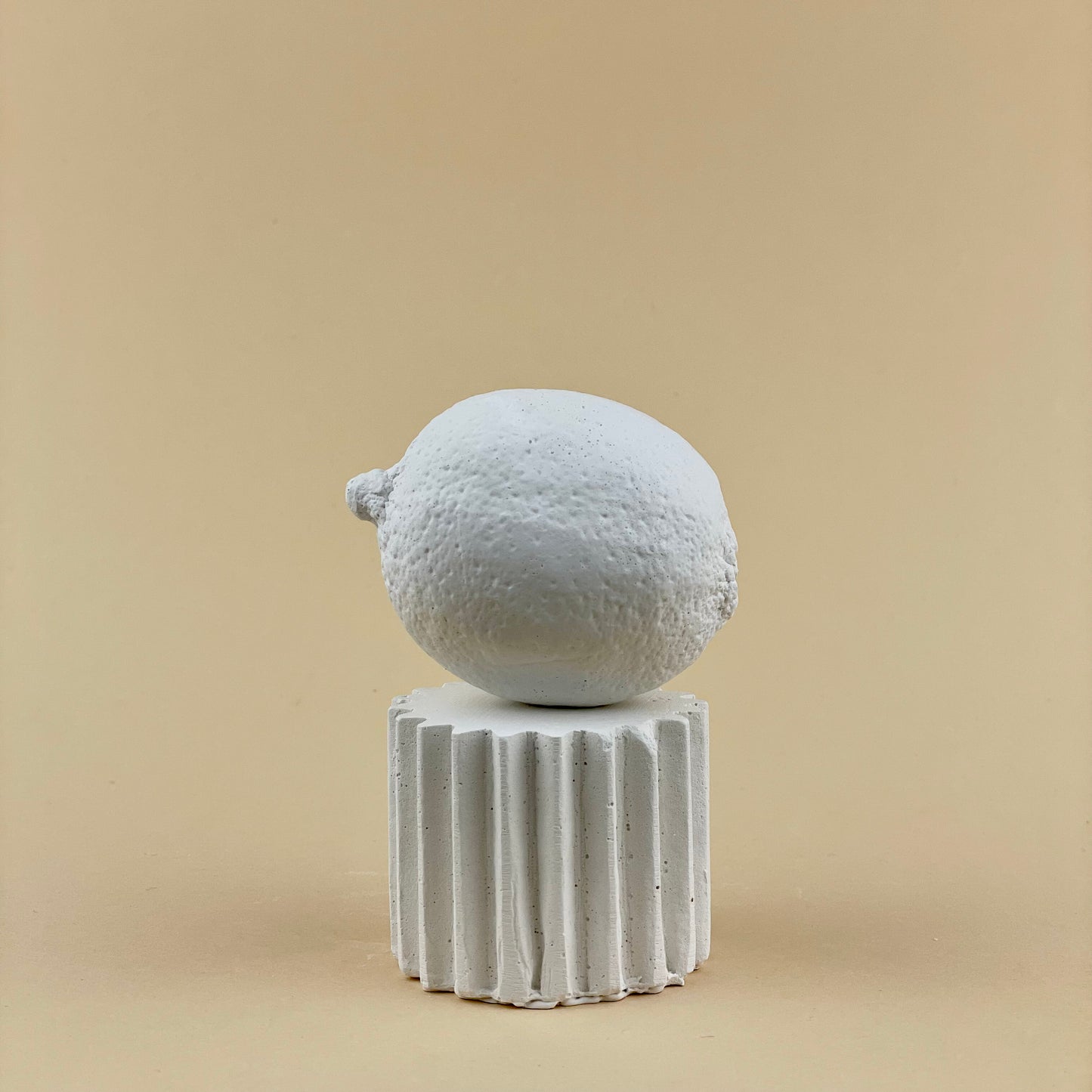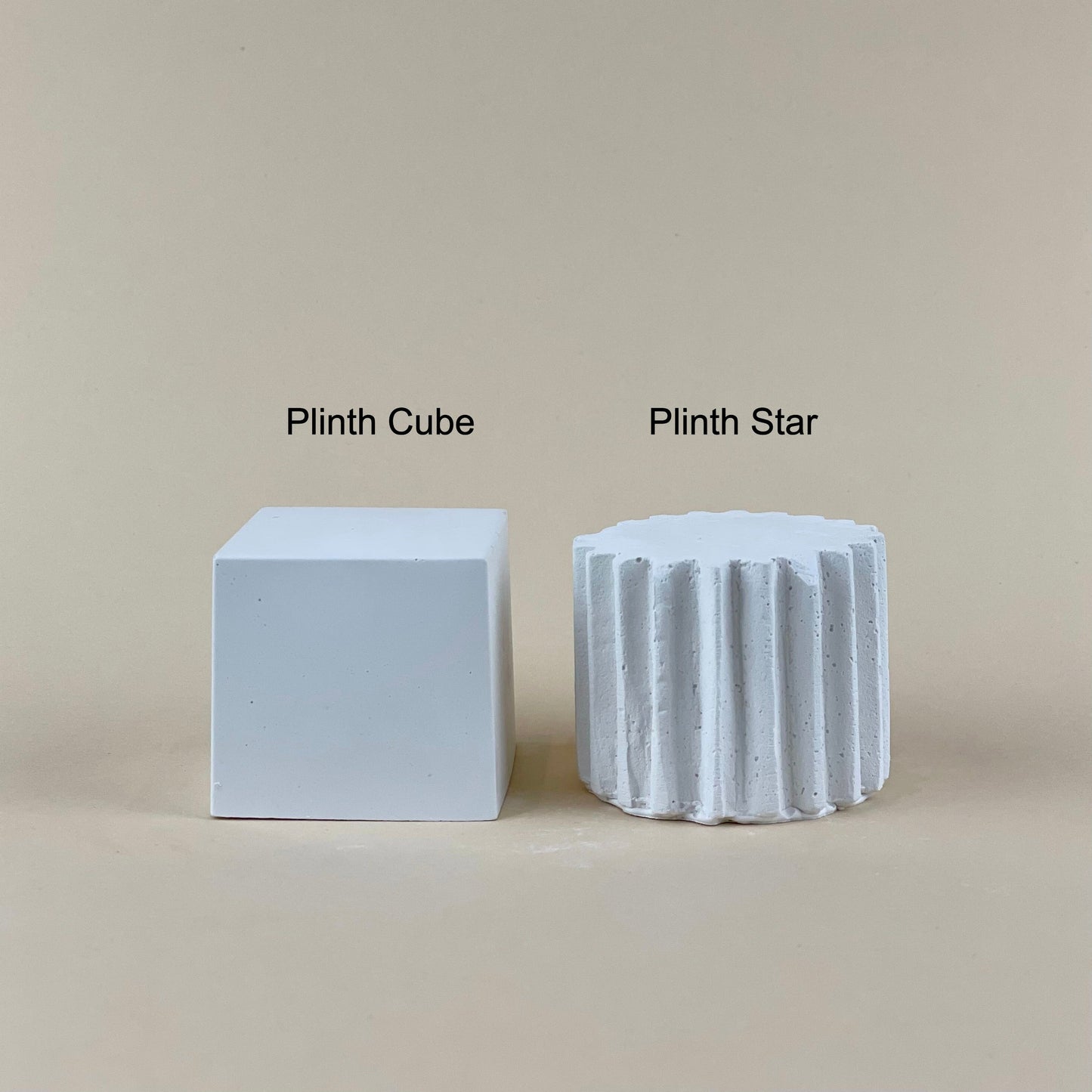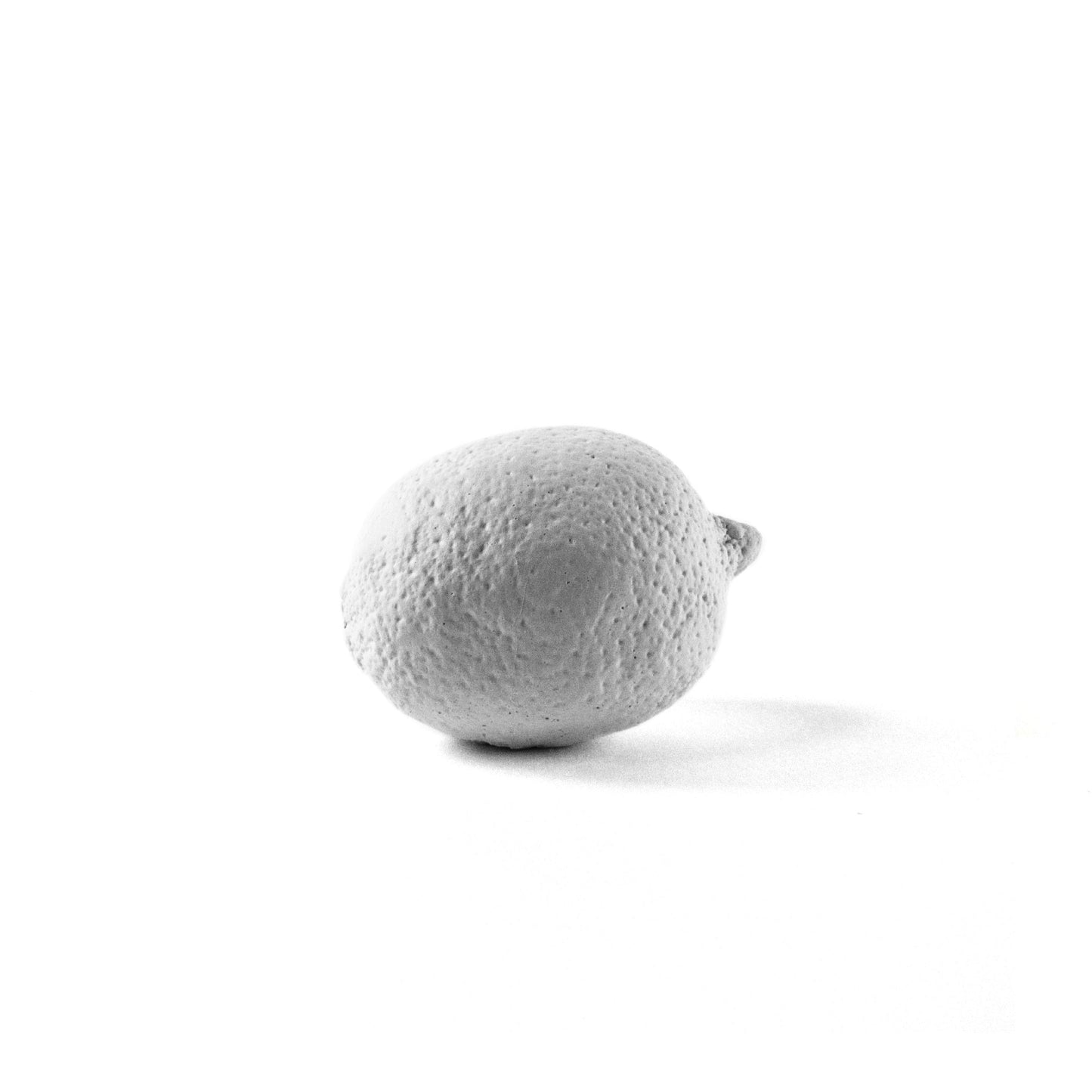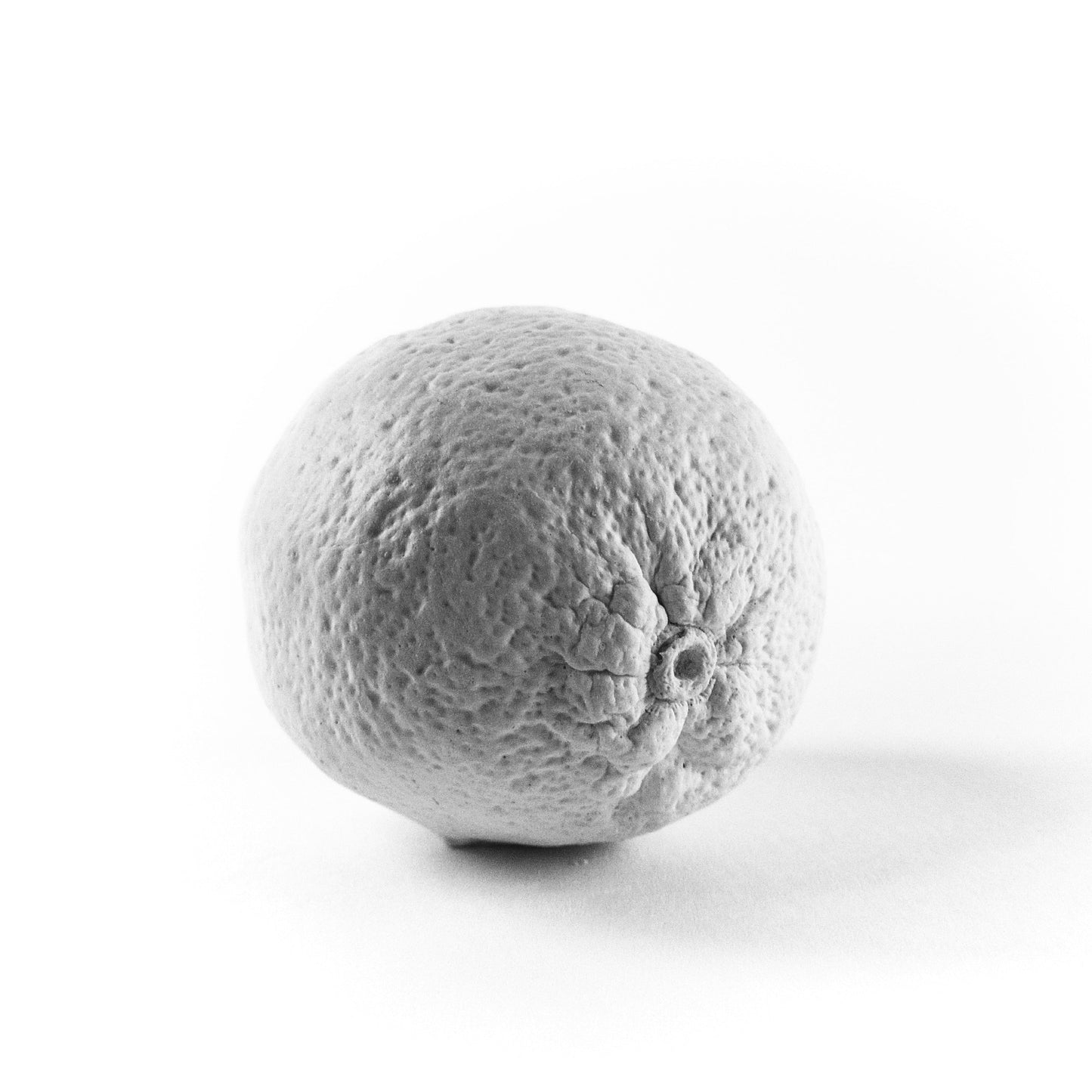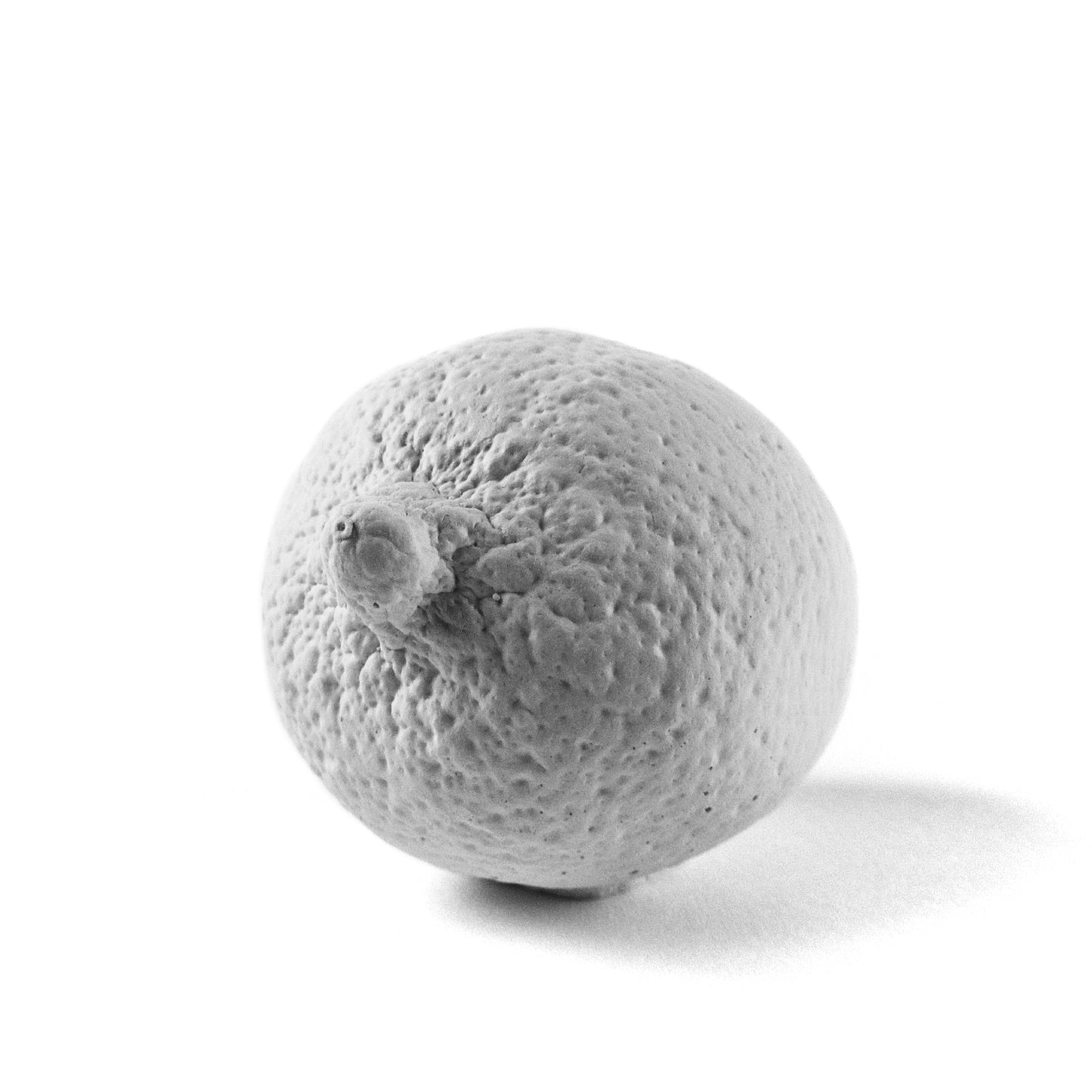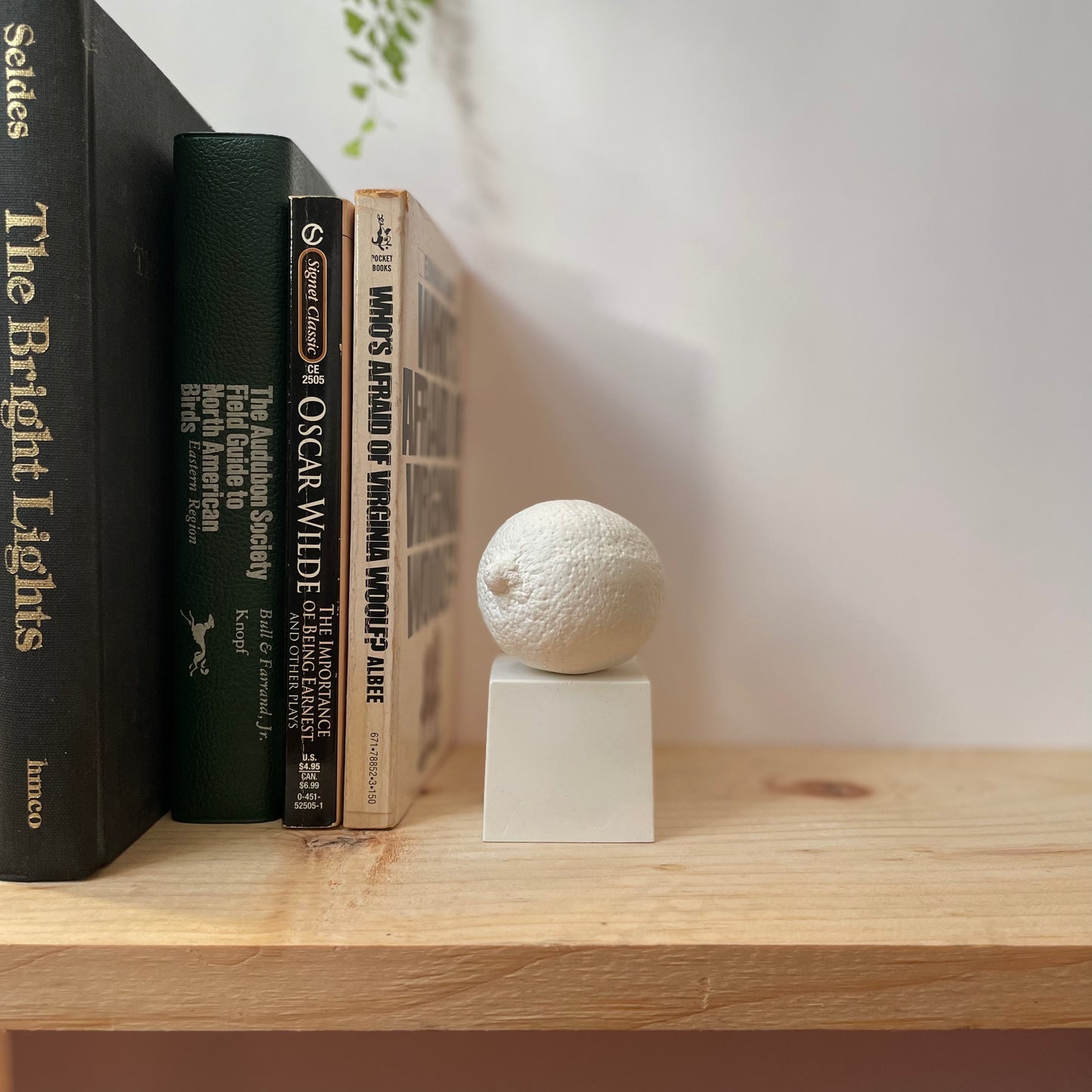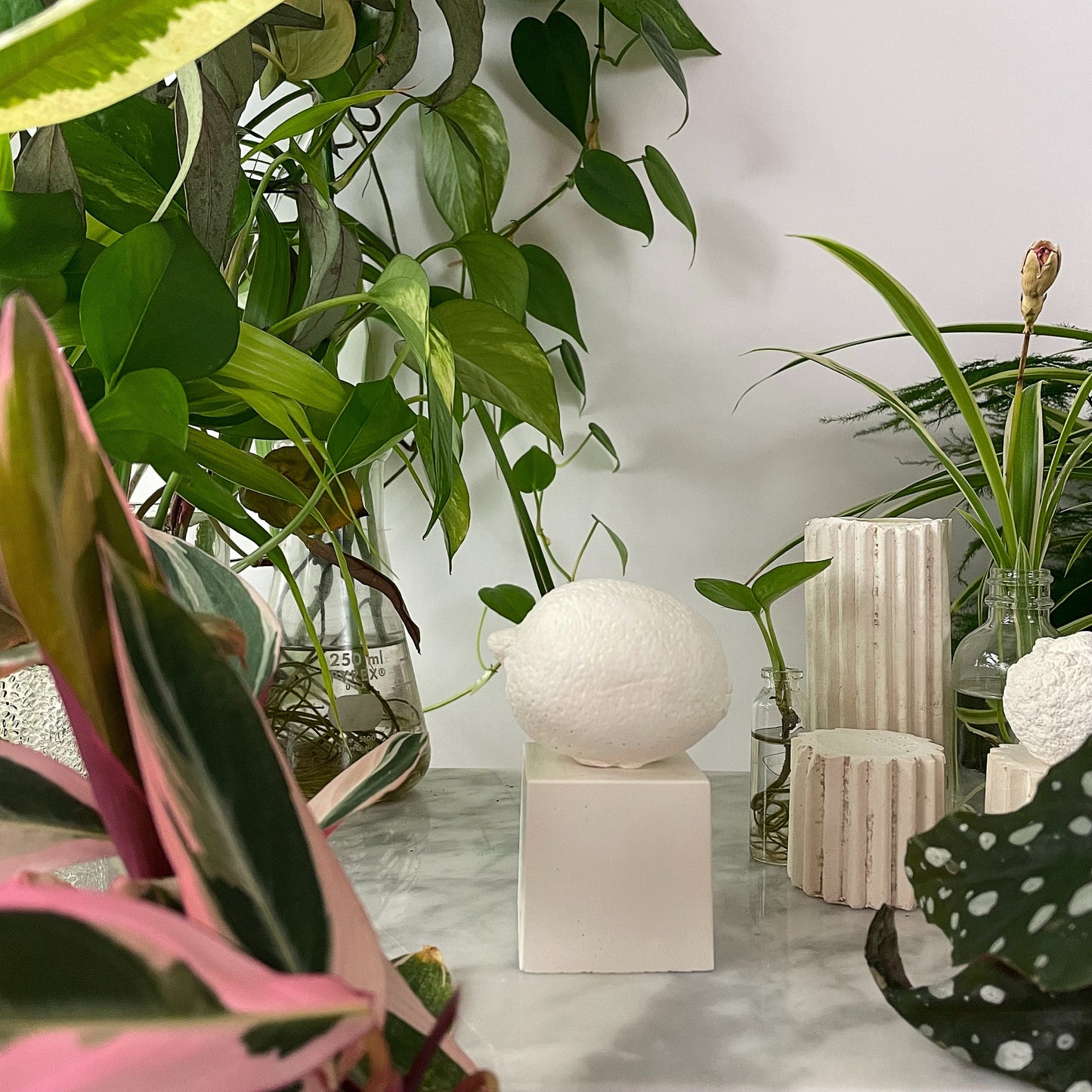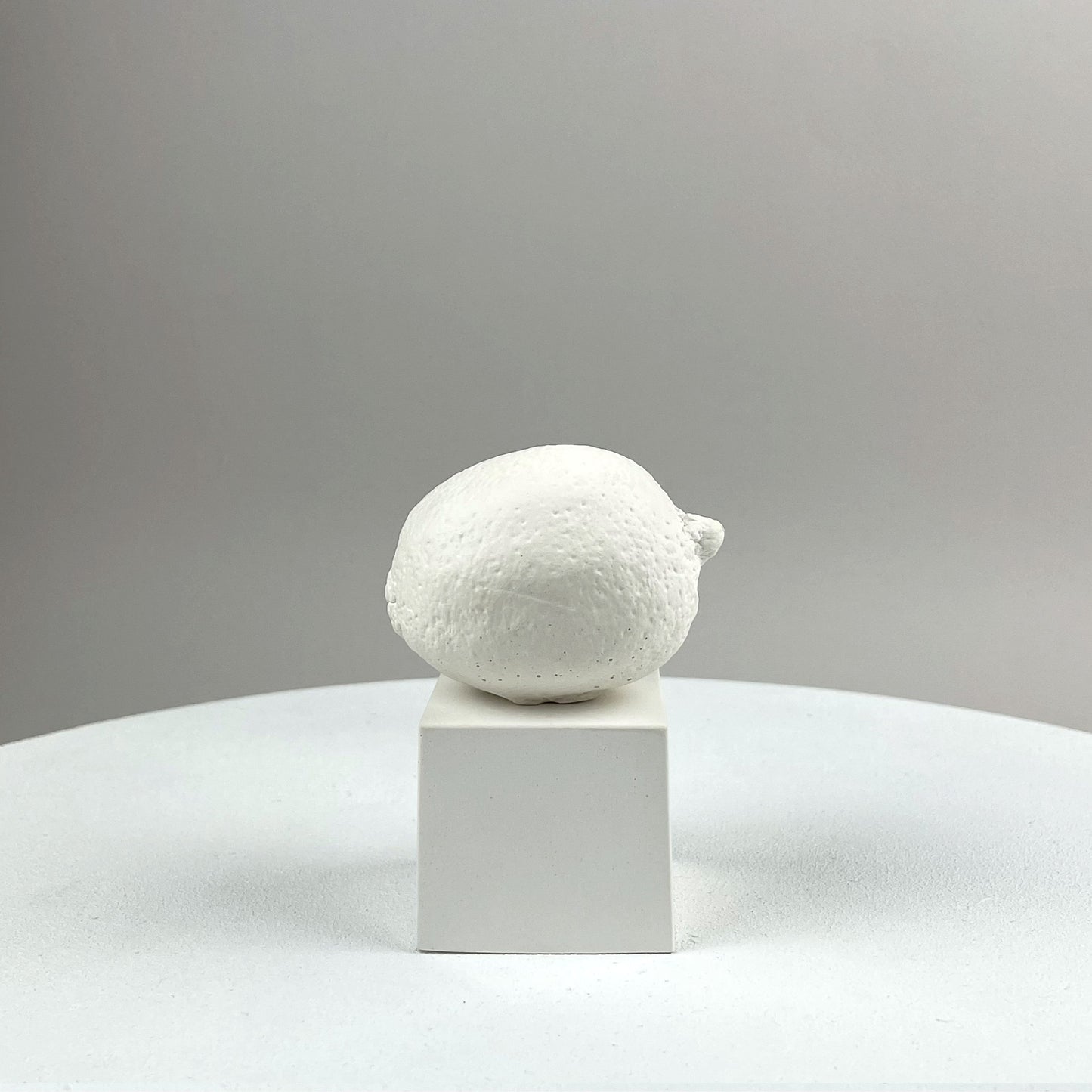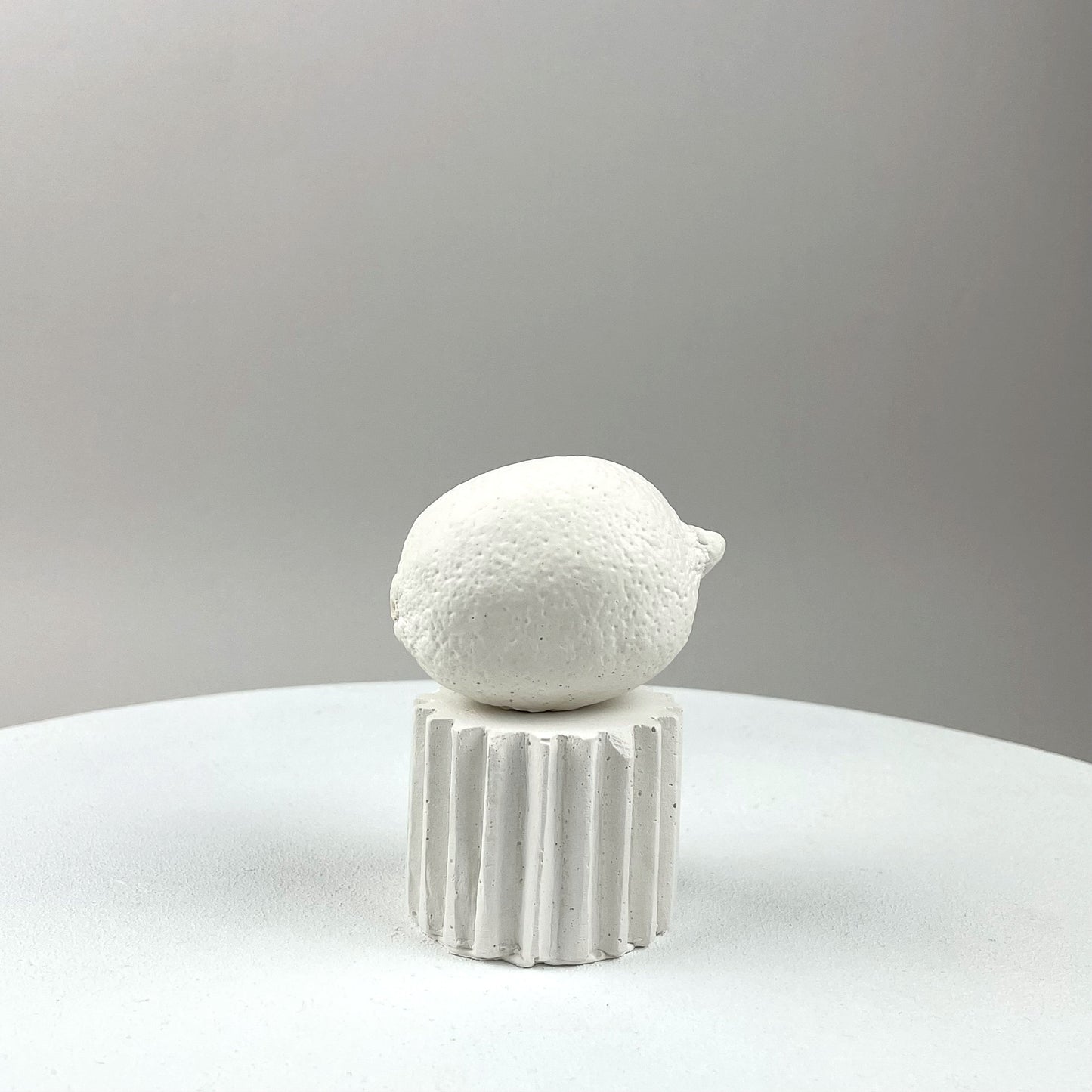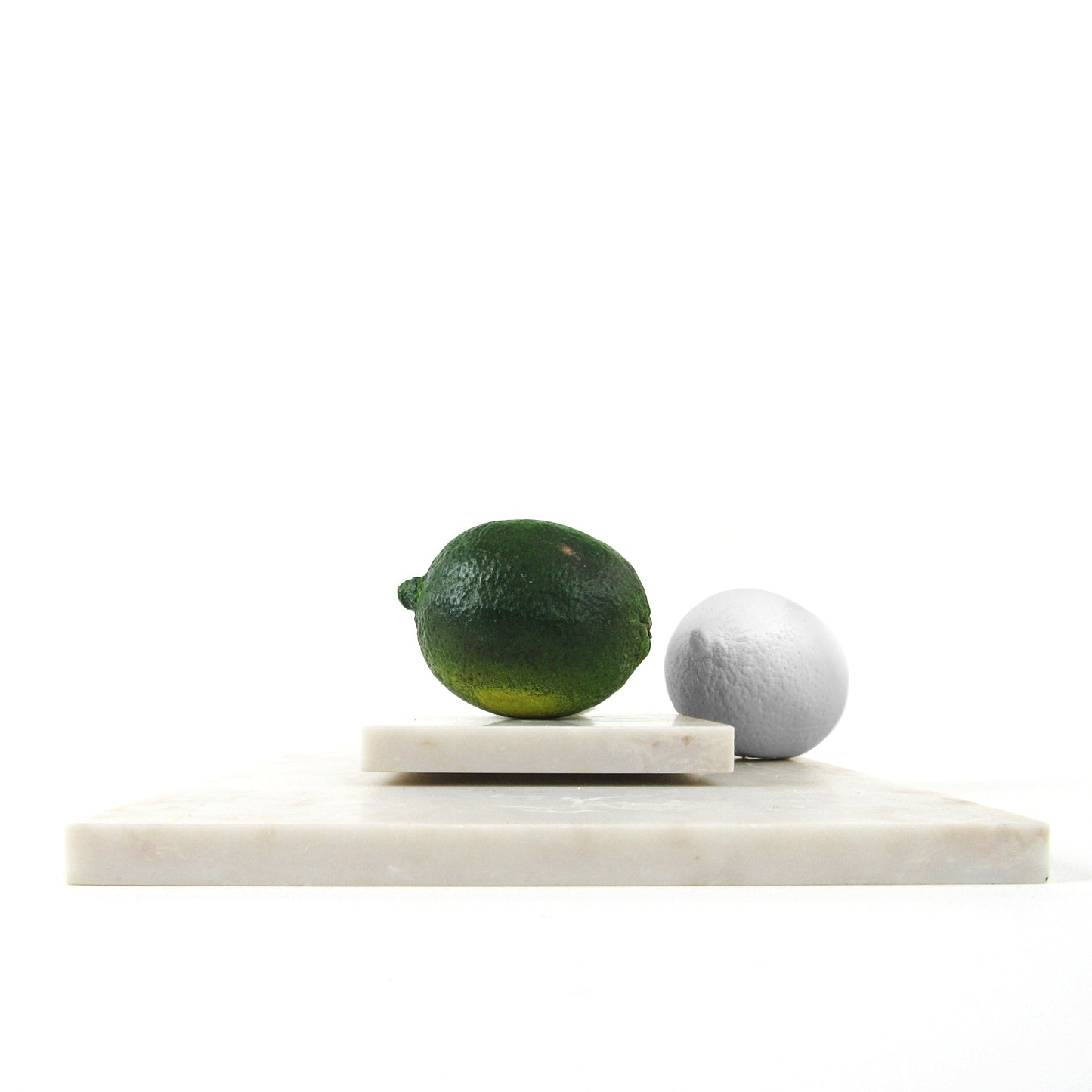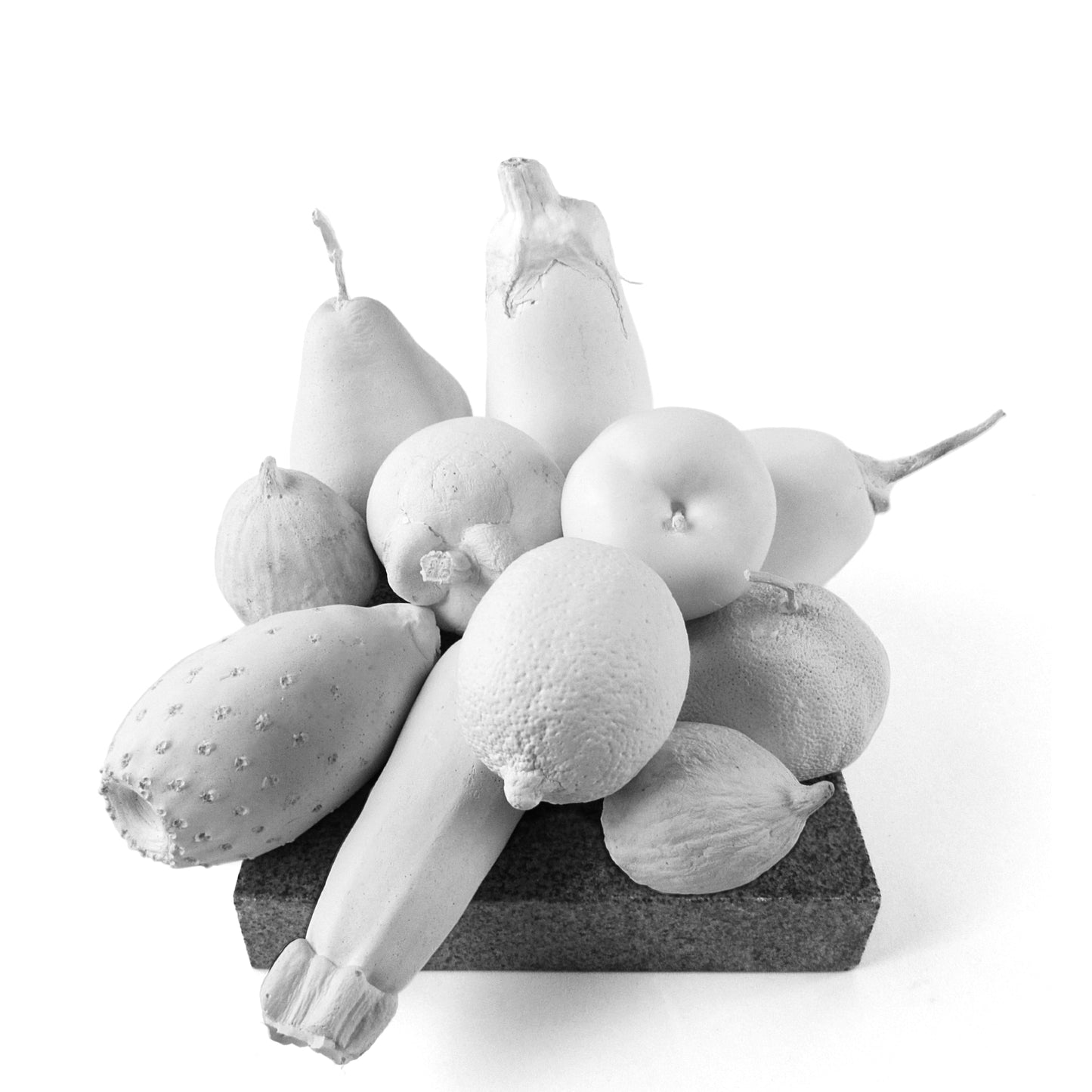Percival Dreams
LIMETTA - SCULPTURE WHITE
LIMETTA - SCULPTURE WHITE
Couldn't load pickup availability
DETAILS
-
Height 4.5cm
-
Width 6.5cm
-
Weight 3.1oz
-
Materials: Gypsum
-
Plinth Cube / Plinth Star: H 4.5cm / Gypsum
A squeeze of lime or sprinkling of lime zest can make all the difference in a recipe, whether it's a rich meat dish or a decadent dessert. The citrus fruit's high acid content and tartness make it a powerful cooking ingredient. But in the 19th century it was preventing scurvy that made limes essential for the transatlantic voyages of British sailors. The use of limes for their high Vitamin C content was considered a closely guarded military secret, but given that the sailors have been forever nicknamed “limeys”, the secret wasn’t guarded all that closely. The British Merchant Shipping Act of 1867 that required all registered ships to carry an antiscorbutic supply of lime juice still remains in effect today.
Limes have made a slow but fascinating progression from Southeast Asia to California over the past millennium. They have traversed innumerable countries and cultures along the horse latitudes where there is no winter frost. Believed to have grown first in Indonesia, Arab traders brought lime trees back from their journeys to Asia and introduced them to Egypt and Northern Africa in the 10th century AD. They were first grown extensively for financial purposes in ancient Babylonia, where the use of dried limes as a flavoring is still typical of Persian and Iraqi cuisines. Limes were then introduced to the western Mediterranean countries by returning Crusaders in the 12th and 13th centuries and by the mid-13th century they were being cultivated in Italy and France as well. Columbus took lime seeds to the West Indies from Spain on his second voyage in 1493, after which the trees were widely distributed in the West Indies, Mexico, and Florida by 1520. But it was Portuguese traders who brought the Persian lime to Brazil and then further on to Australia. From there it was later introduced to California from Tahiti between 1850 and 1880.
From Tom Yum Soup in Thailand to Ceviche in Peru, from Key Lime Pie to a refreshing Gin and Tonic, the lime’s intense journey across the globe has made it an integral ingredient to countless popular dishes in numerous cultures worldwide.
Please note each item is made by hand, slight variations are part of the process making each item unique
